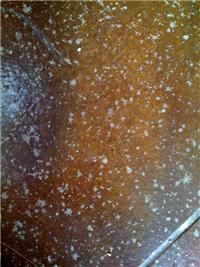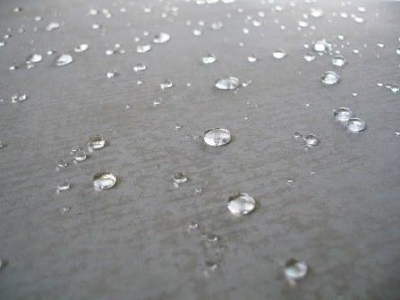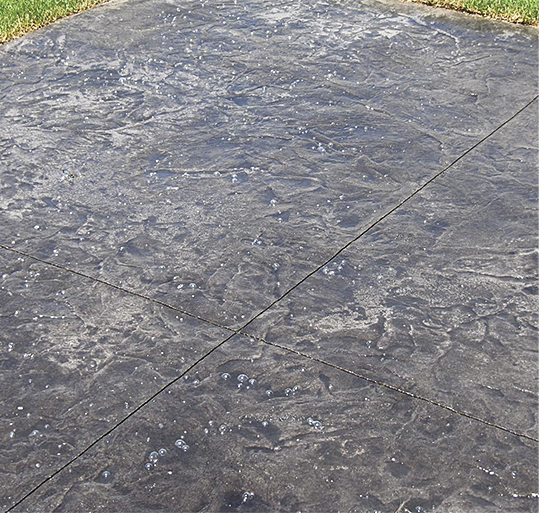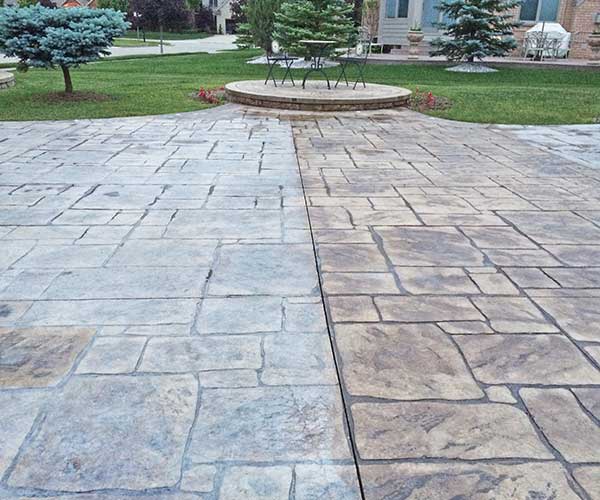Stamped Concrete Sealer Bubbles

After the concrete hardens this water escapes the concrete as a gas water vapor.
Stamped concrete sealer bubbles. Sometimes reapplying the same sealer will fix the concrete blisters and bubbles again try this on a small area first. Let the sealer sit overnight and dry properly. Most decorative concrete sealers are quite sensitive to moisture. Concrete sealer bubbles solvent based acrylic concrete sealers are designed to enhance darken and give a sheen to decorative concrete surfaces.
You can learn more about sealing and repair of blisters and bubbles by calling the technical department of most any major sealer manufacturer. No need to waste all that sealer or create more problems if it doesn t work. Don t over apply sealer which may trap solvents and form bubbles. Unfortunately when applied incorrectly or overapplied you may have issues with bubbles forming in the sealer.
Usually late in the day is best. However if bubbles continue to form then try sealing during a cooler time of year. Use chemmasters specially formulated bubble resistant products like polyseal ez and stamped decorative concrete. Concrete sealer blisters and bubbles as well as concrete sealer whitening are caused by moisture.
A xylene bath lightly soaking the problem area with a xylene solvent and back rolling is the first step. How to fix bubbles in sealer if the temperature isn t too hot then apply a new coat of sealer to re liquify the existing sealer. This typically happens to stamped concrete or smooth decorative concrete surfaces. If this does not work you will probably need to strip off some or all of the sealer.
Use light colors for the slab. If necessary apply two thin coats instead of one thick coat. Applying a solvent to reset the sealer and melt the bubbles. Adhere to the manufacturer s.
The pressure causes the sealer to bubble as you see on the left or in extreme cases as on the right it blasts the sealer off the surface off the concrete. As a last resort the surface can be stripped of all sealer cleaned and resealed. Whose fault was it. If bubbles run deep then the sealer is usually on too thick and a solvent bath along with back rolling may be needed.
Sweep or blow off the dirt and grime wait until there is not any direct sunlight. Another option if blisters form while applying is to use a leaf blower.



















